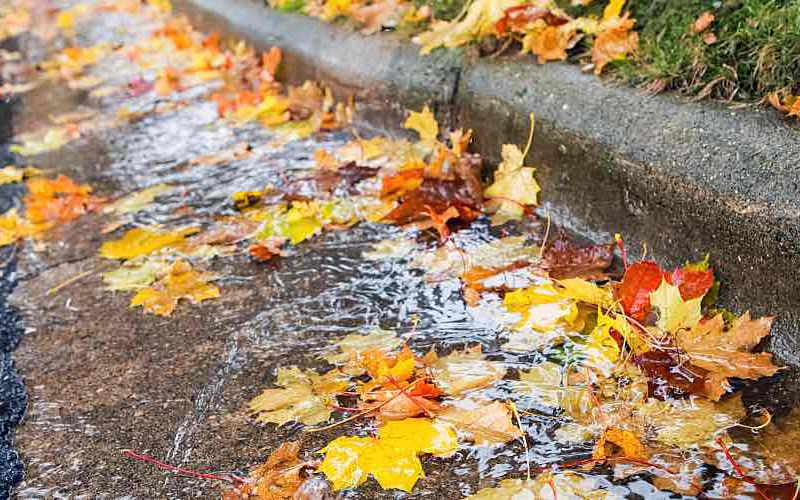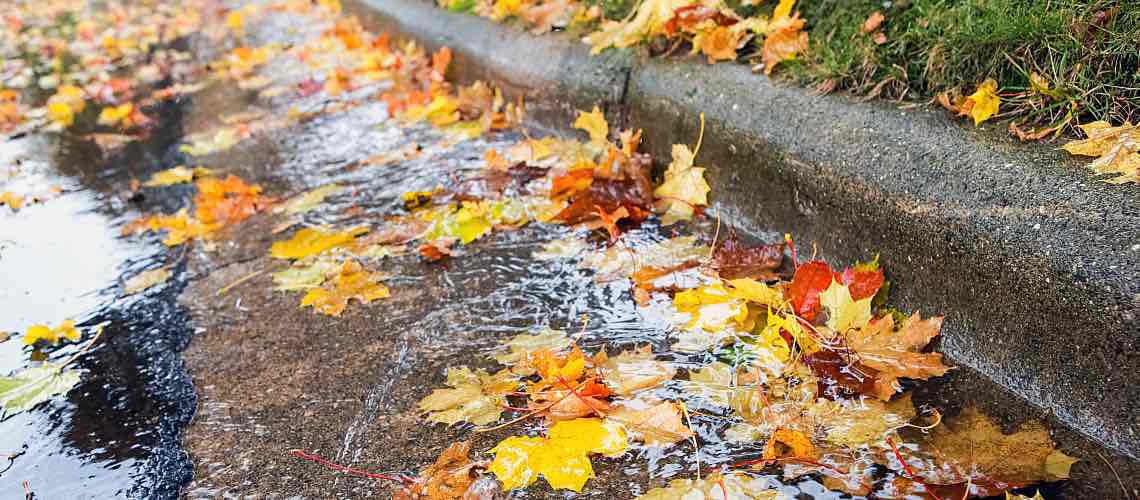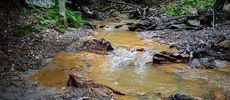Gaining Clarity on EPA Water Matrices


Water matrices in the United States are defined by the Environmental Protection Agency (EPA) based on how that water gets used. The agency categorizes water as potable or non-potable and has rules for specific types within each of those categories. EPA regulations apply to most water types, but not all.
Do your sampling and lab staff members know stormwater from recycled water? How about groundwater and ambient water? Given the potential for confusion, it's important to have clarity on which water type to test—and for which contaminant.
Differentiating EPA water matrices affects the testing methods your team must use. The water type also determines how you report data to customers. Selecting the wrong type on forms could lead to using an incorrect method. Uncertainty at the start might slow testing processes down the line.
Differentiate the Water Matrices
Broadly speaking, the EPA regulates water matrices as "potable" or "non-potable." National primary drinking water regulations can be found in Title 40 of the Code of Federal Regulations (40 CFR) Part 141 and apply to potable water in public systems from surface water or groundwater sources.
"Groundwater accounts for nearly 95% of the nation's fresh water resources," the agency says. "It can stay underground for hundreds of thousands of years, or it can come to the surface and help fill rivers, streams, lakes, ponds, and wetlands."
Finished drinking water has undergone treatment for distribution. Communities can store this potable water in covered storage tanks or reservoirs, and these facilities can be elevated, partially underground, or fully in the ground.
For non-potable water, the agency has guidelines establishing test procedures to analyze pollutants within 40 CFR Part 136. This water category includes wastewater discharged from a variety of sources such as treatment plants, industrial sites, and concentrated animal feed sources. Recreational ambient water in lakes, rivers, streams, and beaches is also a water matrix the EPA regulates to protect human health from contaminants like viruses and bacteria. Separately, the Clean Water Act offers a framework for the agency and the U.S. Coast Guard to regulate sewage discharges from vessels, which includes discharges known as graywater.
The EPA notes that another non-potable water type, stormwater, is "runoff or precipitation that falls from the sky in the form of rain or snow, that melts or runs off the landscape." Some stormwater discharges get regulated through the National Pollutant Discharge Elimination System (NPDES), which has a permitting system. Generally, the federal government encourages communities, businesses, and industries to adopt best management practices in order to prevent stormwater runoff pollution.
Recycled water—also called water reuse or water reclamation—is not regulated by the EPA. Although the agency offers guidance and assistance through various environmental programs, any regulations, rules, or restrictions regarding this non-potable water type are up to individual states.
Improve Reporting Efficiency
Wading through the regulatory landscape can seem daunting to some water testing professionals, but gaining a clear understanding of water matrices has benefits. When your staff know which water type they're testing for particular contaminants, sample handling, and chain of custody forms becomes more straightforward to complete. These processes tie directly into your lab's quality assurance plans, emergency preparedness, and audit preparation.
The water type determines which test method your team will use and influences how you report data to the customer. Failing to identify the correct water matrix carries risks. For instance, not listing the right one on a chain of custody form could create ripple effects, delaying the testing process until staff can figure out the actual water matrix and test method to perform.
Regulatory Revisions Coming
Regulations relating to water matrices aren't static. Every six years, the EPA reviews the Safe Drinking Water Act regulations. For its fourth such review, the agency identified eight contaminants under the microbial and disinfection byproducts rules that could undergo revision. These national primary drinking water regulations (NPDWRs) include Cryptosporidium, Giardia lamblia, and Legionella. Throughout 2021, the agency invited public comment on possible changes. Water testing lab professionals had opportunities to share insights about them.
In August 2022, the agency published preliminary microbial and disinfection byproduct compliance monitoring data and treatment technique information. More details about Legionella management and testing might be added to the rules. According to the agency, results from the latest six-year review should be available in 2023.






